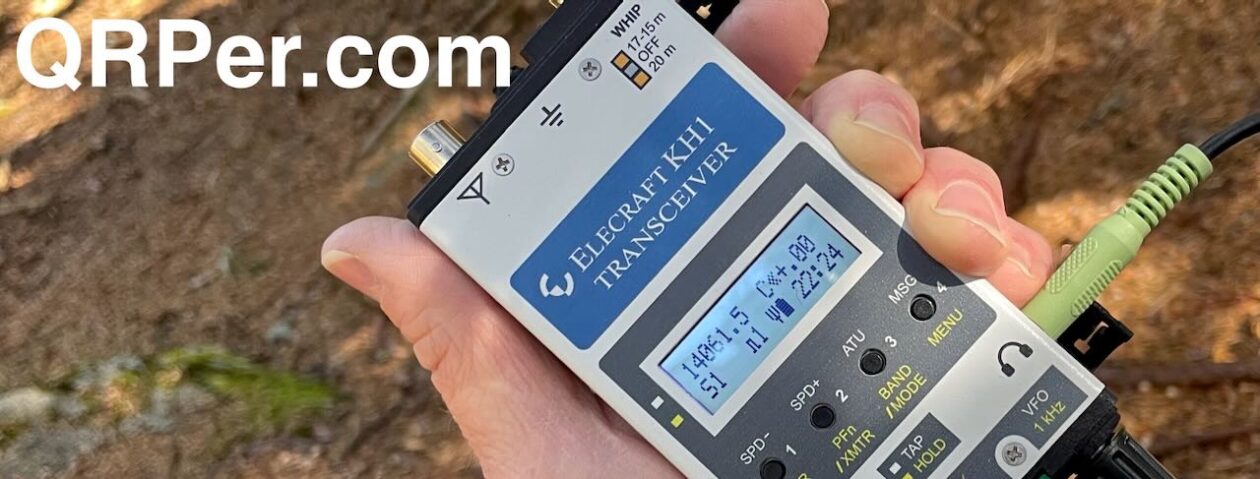 I’m getting used to having an electric vehicle for my weekly travels including POTA and SOTA excursions.
I’m getting used to having an electric vehicle for my weekly travels including POTA and SOTA excursions.
My Volvo C40 has a published range of about 226 miles on a 90% charge, but I find that I actually get more than that. I almost never need to recharge from a public charger–I just plug it in at home.
At least once a week, I visit my parents in Hickory, NC and that round trip (including errand running in town) logs a good +/- 200 miles. By the time I return to the QTH, I typically have a comfortable 20% charge left on the battery.
Many of the parks I activate in that travel corridor are 20-30 minute detours off of Interstate 40 (for example: Lake James SP, South Mountains SP, Tuttle Educational SF). They have no negative impact on my ability to make it back to the QTH with battery capacity to spare.
Parks, however, that are still close to Hickory, but in the opposite direction of home, may necessitate a quick charge at one of the many public charging stations along the road. Not a big deal, but it’s kind of fun when I can do a full trip on one charge.

On Monday, September 11, 2023, I had a full afternoon open and really wanted to fit in a proper hike. One of my favorite easy six mile loop trails–the Lakeshore Trail– is at Lake Norman State Park.
Lake Norman, however, is in the opposite direction of the QTH and is about an 80 minute round trip. I fit in errands along the way, but going there means I’ll need a bit of a charge to get back home the following day.
After a little research, though, I discovered that Lake Norman (much like Lake James) has free EV charging at their visitor’s center! Woo hoo!
Lake Norman State Park (K-2740)
I arrived at the park in the early afternoon and–whew!–both of the EV charging stations were free. In fact, the visitors’ center parking lot was almost empty–I would have expected a few more cars. I found that curious.
I plugged in my car, put on my hiking boots, grabbed my hiking sticks, then made my way to the spur trail that connects the visitors’ center parking lot to the Lakeshore loop.
Only, when I reached the trailhead, there was a notice stating that all of the trails were temporarily closed. Wait…what?
This may explain the lack of visitors.
I was bummed to say the least. My backup plan would be to hike the road at Lake Norman, but that’s not nearly as fun as a proper trail.
I then walked to the visitors’ center and asked the staff inside about the trail closures. They pointed out that there was one small loop trail–next to the visitors’ center–that was still open.
I was pleased to hear that and decided that instead of hiking one long loop, I could simply hike the same small loop several times.
I thanked them then gave them a donation (which I was going to do anyway) especially since I was getting free EV charge!
I walked out the side entrance of the building and onto the Alder Trail. It was a very nice little loop trail and long enough that I didn’t feel like I was walking in circles. Continue reading POTA at Lake Norman: Beautiful day for a TR-45L trailside activation (and hunting VE6LK)!
It was a very nice little loop trail and long enough that I didn’t feel like I was walking in circles. Continue reading POTA at Lake Norman: Beautiful day for a TR-45L trailside activation (and hunting VE6LK)!


























































